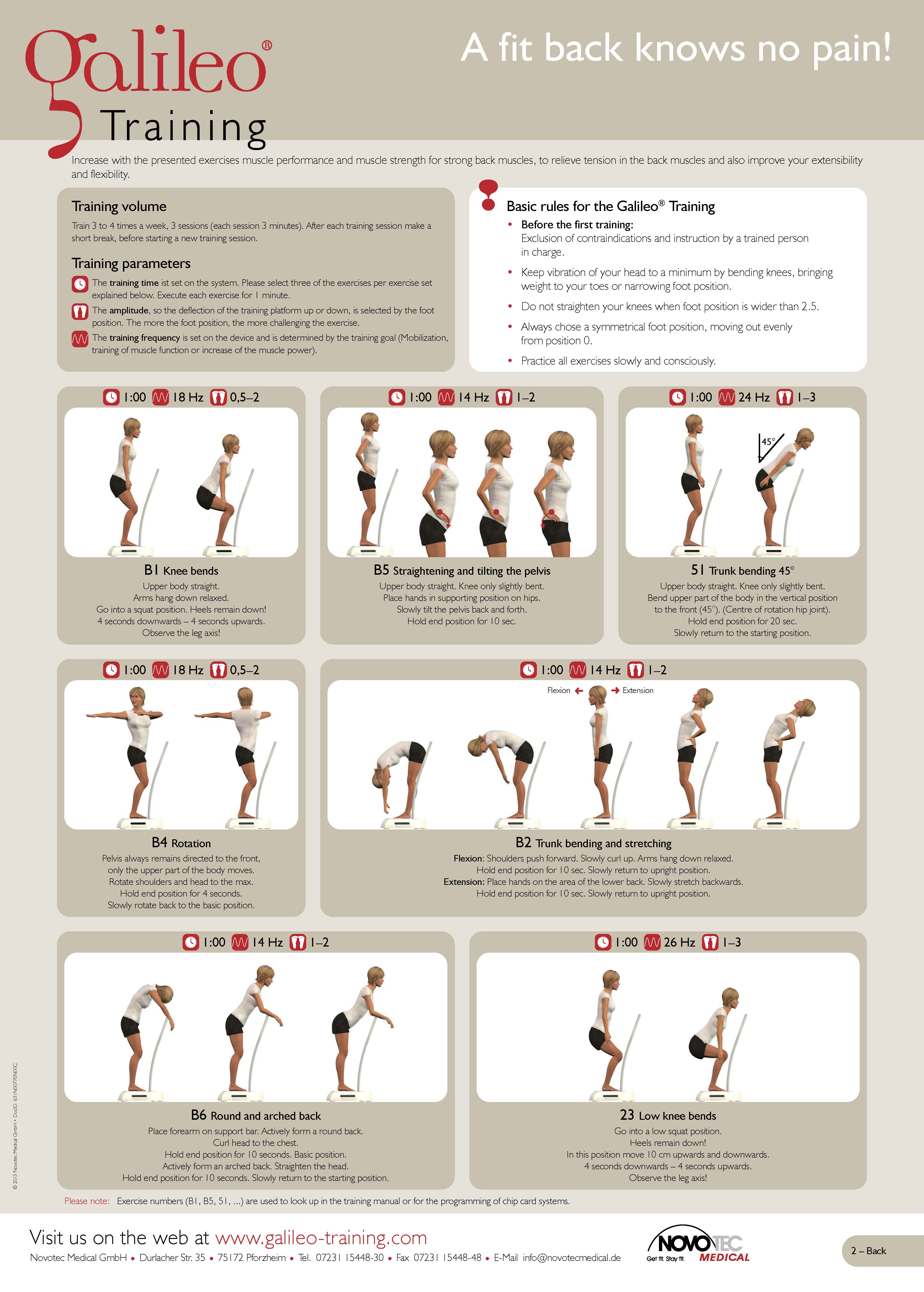

The non-thermal effects of ultrasound may improve repair of soft tissue injury, the inflammatory response, protein synthesis, and modulate membrane properties. The physiologic effects of ultrasound can be divided into thermal (heat) and non-thermal effects (cavitation, acoustic streaming, and standing waves). Physiologic effects: Same as superficial heat.SWD and MWD convert electromagnetic energy to thermal energy. The ultrasound machine converts electrical energy into acoustic energy via the piezoelectric effect. Transfer method: Same as superficial heat but deeper penetration.Heat penetration can be 3-5 cm or more without overheating underlying subcutaneous tissue or skin. Ultrasound is however the most used deep heating agent. Deep heat modalities include ultrasound, shortwave diathermy (SWD) and microwave diathermy (MWD).
ARE THERE ANY CONTRAINDICATIONS FOR USING BRAIN GYM PROGRAM DOWNLOAD
Therapeutic-Modalities-Table-1-Summary-of-Superficial-Heat-Modalities Download Deep Heat

2 Heat increases blood flow and subsequently may induce edema and exacerbate acute inflammation. Physiologic effects: Thermal energy (high temperature heat) provides pain relief, increase in local blood flow, metabolism, and elasticity of connective tissues.Conversion is changing of one energy form into another (example: ultrasound, radiant heat). Convection is transfer of heat by fluid circulation (liquid or gas) over the surface of a body (example: fluidotherapy). Transfer method: Conduction is transfer of heat between two objects at different temperature through direct contact (example: hot packs, paraffin bath).Commonly used superficial heat modalities include hot packs, heating pads, paraffin bath, infrared, ultrasound, and fluidotherapy.1,62 In contrast, the use of deep heat penetration is up to about 3-5 cm. Superficial heat penetration is usually less than 1 cm. Superficial heat is the use of a thermogenic agent which induces a temperature increase and subsequent physiologic changes to the superficial layer(s) of the skin, fat, tissues, blood vessels, muscles, nerves, tendons, ligaments, and joints.This review focuses on both commonly and uncommonly used physical modalities including heat (superficial and deep), cold, sound, electricity, mechanical forces, and light. Physical Modalities are manually applied agents that yield a specific therapeutic response.


 0 kommentar(er)
0 kommentar(er)
